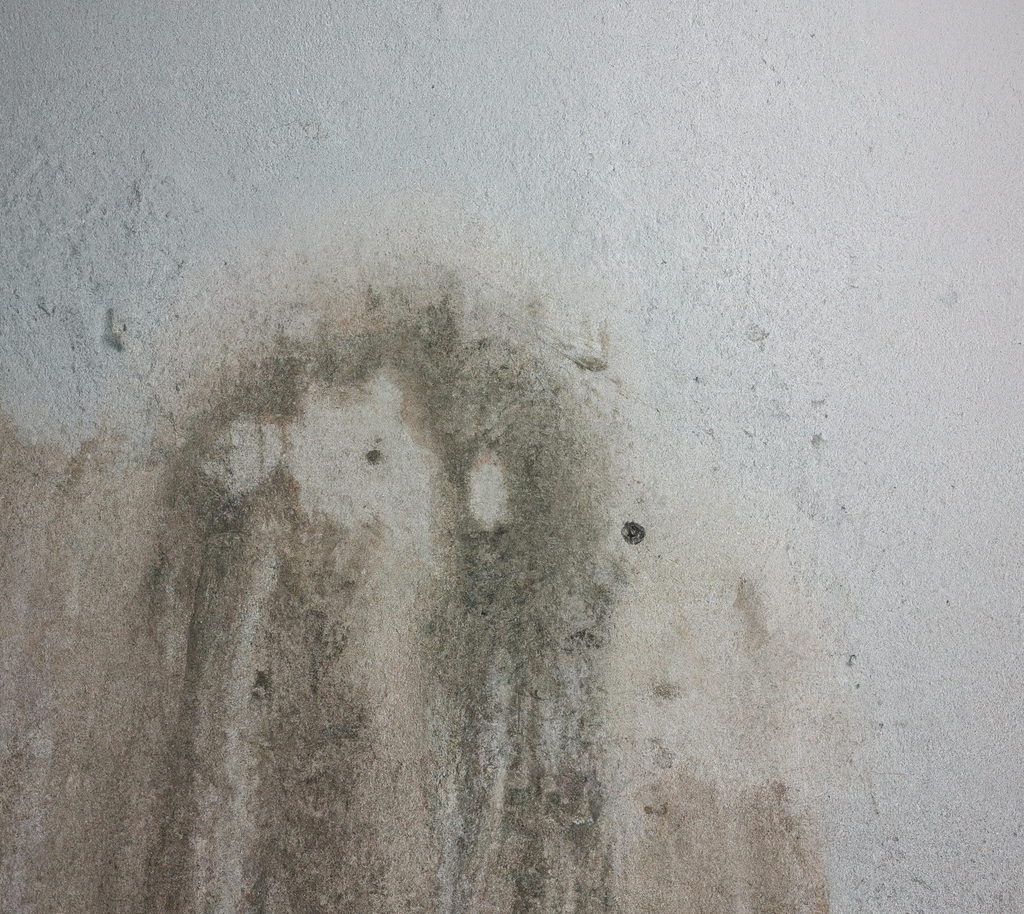How the Mold Inspection Process Works
Mold inspections can be helpful for determining the type of mold, the mold spore concentration, a general idea of where the mold growth is located, and the amount of moisture present in your property. That being said, the process can be somewhat confusing so in this article we’ll discuss how the mold inspection process works in detail.

What is Mold Testing?
Mold testing is the process of identifying and measuring the types and levels of mold present in a particular indoor or outdoor environment. Mold testing is typically done by a trained professional like a certified indoor environmental consultant, and the mold test results are typically used to form a remediation plan for a mold remediation company to get rid of the mold if needed.
Does Mold Require a Specialized Inspection?
Yes, some states like Florida even require that mold assessors be certified. The reason for this is probably because mold is often hard to detect. It can hide in hard-to-find places so it is easy for mold to go undetected by someone who’s not an expert. Additionally, it takes specialized knowhow to put together an accurate mold report that a mold remediation company can use to get rid of the mold. If this report is not done properly, the mold will probably not be taken care of properly.
How Do Professional Inspectors Test for Mold?
There are various different methods that professionals use to test for mold in a property that are often combined together in order to produce more accurate results. Some of the most common approaches to mold testing are:
Visual Inspection
This involves a walkthrough of your property which looks for any visible mold or signs of mold growth. Some of these signs include: areas with high levels of humidity or leaks. The inspector is also on the lookout for areas with visible water damage, excessive organic matter such as dust or dander, insufficient air circulation, and insufficient air filtration. Keep in mind that mold inspection companies generally will not charge for visual inspections separately as they are only part of the inspection process. Other types of testing will need to be used in conjunction with a visual inspection to make sure that the mold is properly assessed.
Air Quality Testing
Air quality testing involves the collection of air samples using a spore trap. The sample is then sent to a laboratory for identification of the mold species and the detection of mold spore levels.
Mold Swab Sample Testing
Another way to determine the type of mold present in a property is through mold swab sample testing. This method involves swabbing the mold or a random surface in the property and sending it to a laboratory for analysis. However, it’s important to note that this testing method does not provide information about the concentration of mold spores present.
Moisture Testing
Moisture testing can also be an effective way to test for mold. Using a moisture meter to determine the humidity in a property can reveal if there’s a chance of mold growth, as studies suggest that the ideal relative humidity for buildings is between 40%-60%. Thermal imaging cameras can also be used to identify any active leaks or moisture in the property, which is likely where most mold growth occurs.
In cases of visible mold growth, bulk sampling can be done. This method involves sampling some of the mold-contaminated building materials and sending them to a laboratory for analysis. Bulk sampling can effectively identify the type of mold present and provide valuable insights for remediation efforts.
How Long Does Mold Testing and Inspection Take?
Mold testing and inspection usually takes about 1-2 hours for most homes. It can potentially take longer for larger properties.
How Long Does It Take to Get Mold Test Results Back?
After collecting the samples, they are transported to a third-party laboratory either through overnight shipping or by local drop off. The lab then analyzes the samples, and the results are typically available within 48 hours. The inspector then generates a mold report based on the visual findings and lab results. This report provides important information about the type and concentration of mold present, which can be used to determine the appropriate remediation methods.
How Mold Inspection Companies and Mold Remediation Companies Differ
Mold inspection companies also known as industrial hygienists specialize specifically in testing for mold and putting together ideal remediation protocols that mold remediation companies can then use to remove the mold. This is helpful because the more information a mold remediation company has about the mold problem, the better they can get rid of the mold.
Why You Should Use Separate Companies for Mold Inspection and Mold Remediation?
Many states require that separate companies handle the mold assessment and remediation due to the potential for conflicts of interest. If a company is both assessing the mold and performing the remediation, there may be a temptation to exaggerate the severity of the mold problem in order to secure a larger remediation contract. Additionally, if the company misses any areas of mold growth during the assessment, they may be less likely to disclose this information during the remediation process.
How Much Does a Mold Inspection Cost?
A mold inspection costs anywhere from $400 to $800 on average. Some of the main factors that influence the price are: the size of the property, the extent of the mold damage, the cause of the mold, the type of mold, and the location of the mold.
Conclusion
Mold inspections are important to identify the best plan of action to take in getting rid of the mold.